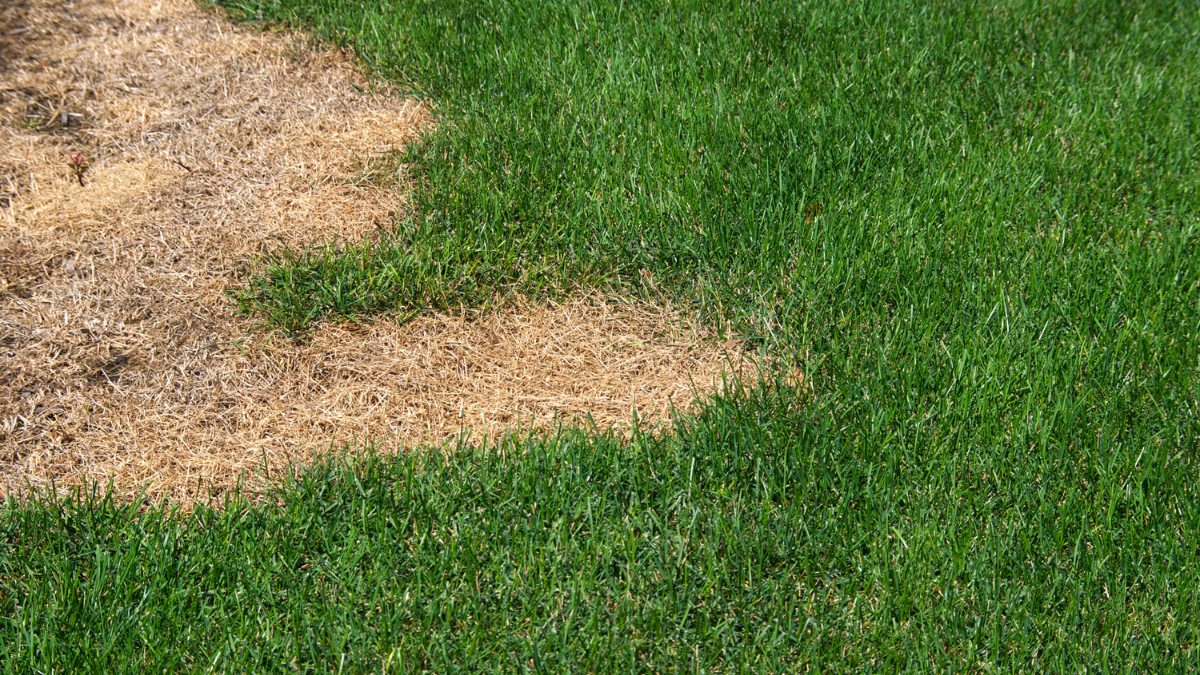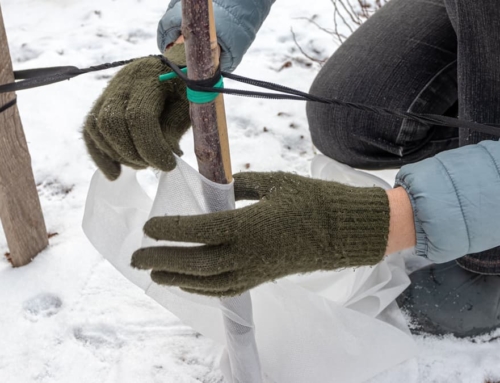Understanding Necrotic Ring Spot: Causes, Symptoms, and Management

Necrotic ring spot is a common lawn disease caused by various fungi, particularly in cool-season grasses like Kentucky bluegrass, fine fescue and perennial ryegrass. It typically appears as circular patches of dead or dying grass, earning the disease its fitting name, “necrotic ring spot.”
Causes of Necrotic Ring Spot
Several factors contribute to the development of necrotic ring spot.
- Fungal Pathogens: The fungi responsible for necrotic ring spot thrive in cool, wet conditions commonly found in spring and fall.
- Compacted Soil: Soil compaction reduces oxygen levels in the soil, making it difficult for grass roots to breathe and absorb nutrients.
- Thatch Buildup: Excessive thatch accumulation prevents water, air and nutrients from reaching the grass roots.
- Poor Drainage: Inadequate drainage can lead to waterlogged soil conditions, causing fungal growth and disease development.
- Imbalanced Fertilization: Improper fertilization practices, especially excessive nitrogen application, can weaken grass and make it more susceptible to diseases like necrotic ring spot.
Symptoms of Necrotic Ring Spot
Identifying necrotic ring spot early is essential for effective management. Here are some common symptoms to be aware of.
-
- Circular Patches: Dead or dying grass forms circular or ring-shaped patches ranging from a few inches to several feet in diameter.
- Yellowing Grass: Infected areas show yellowing or browning of grass blades, which then die and turn brown.
- Thin Grass Stands: Affected areas may have sparse grass growth, leading to a thin and unhealthy lawn appearance.
Managing Necrotic Ring Spot
Managing necrotic ring spot requires a combination of cultural practices, proper lawn maintenance, and, in severe cases, chemical treatments.
- Improve Soil Conditions: Aerating the soil and relieving compaction can improve drainage and promote healthy root growth.
- Dethatching: Regular dethatching helps remove excess thatch, allowing air, water and nutrients to reach the soil and grassroots.
- Proper Watering: The most important management practice for NRS is to not overwater. We recommend that you water deeply and infrequently to encourage deep root growth and avoid creating conditions good for fungal growth.
- Proper Fertilization: Apply fertilizers according to soil test recommendations and avoid overfertilizing with nitrogen, especially during periods of high disease activity.
- Reseeding: Overseeding with resistant grass varieties can help fill in bare patches and strengthen the lawn’s resistance to disease.
- Fungicide Treatment: In severe cases, fungicides containing active ingredients such as azoxystrobin or thiophanate-methyl may be necessary to control fungal growth. Consult with us for proper application and timing.
While necrotic ring spot poses challenges, it can be managed effectively with proper care and timely intervention. Regular monitoring, early detection and cultural practices are crucial for prevention and control. Maintaining healthy soil conditions and encouraging healthy grass growth are essential for a disease-free lawn.






